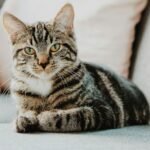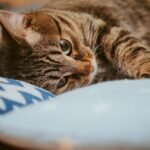The mysterious allure of cats has captivated humans for centuries. From their graceful movements to their enigmatic eyes, these creatures hold an undeniable charm. Yet, among the feline population, there is a noticeable difference in their behavior. Some cats seem to possess an innate independence, while others are more affectionate and reliant on human companionship. Understanding why some cats are more independent than others can provide a fascinating insight into the feline world.
The Role of Genetics
Genetics play a pivotal role in determining a cat’s behavior. Just like humans, cats inherit traits from their parents. Some breeds are naturally more independent due to their genetic makeup. For instance, the Siamese and Russian Blue breeds are known for their independent nature. These breeds have been selectively bred over generations to enhance specific traits, including independence. This genetic predisposition means that even within a litter, some kittens may display more autonomous behaviors than others.
Early Socialization and Its Impact
The experiences a cat has in its early life can greatly influence its personality. Kittens that are exposed to a variety of stimuli, such as different people, sounds, and environments, during their critical socialization period, tend to be more adaptable. If a kitten grows up with limited human interaction, it may develop a more independent demeanor. Conversely, kittens that receive ample affection and attention from humans often grow up to be more sociable and reliant on their owners.
Environmental Influences on Cat Independence
A cat’s environment can significantly impact its behavior. Cats that live in bustling households with many people and other pets may develop a sense of independence as a survival mechanism. In contrast, a cat in a quiet, solitary environment may become more attached to its human companions, relying on them for interaction and stimulation. The environment can shape a cat’s behavior, making it more or less independent based on its needs and experiences.
Personality and Temperament
Just like people, cats have unique personalities. Some are naturally more curious and adventurous, while others are more content to stay close to home. These personality traits can influence a cat’s level of independence. A curious cat may be more inclined to explore its surroundings and exhibit independent behavior. On the other hand, a more timid cat may prefer the comfort and security of its human companions, displaying less independence.
The Influence of Past Experiences
A cat’s past experiences can also shape its behavior. Cats that have had negative experiences with humans or other animals may develop a more cautious and independent nature. They may prefer to keep their distance and rely on themselves for safety. On the contrary, cats that have had positive interactions and experiences tend to be more trusting and may exhibit less independent behavior.
The Role of Breeding and Domestication
Throughout history, cats have been bred for specific traits, including independence. In ancient times, cats were valued for their ability to control rodent populations, and independent cats were more successful hunters. Over time, these traits became more pronounced in certain breeds. Domestication has also played a role in shaping feline behavior. While some cats have adapted well to living with humans, others retain more of their wild instincts, leading to a more independent nature.
The Impact of Neutering and Spaying
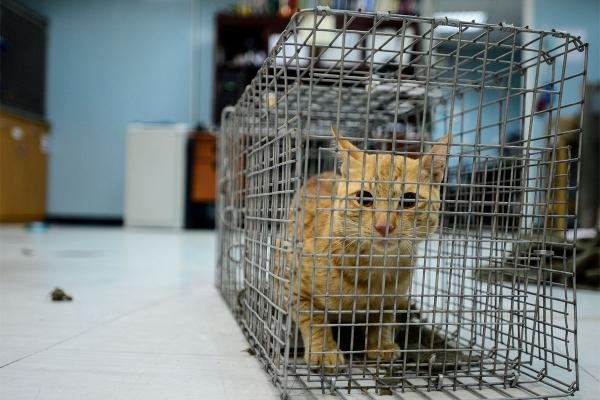
Neutering and spaying can influence a cat’s behavior and level of independence. Intact cats often exhibit strong territorial instincts and may roam in search of mates. This behavior can be perceived as independence. However, once a cat is neutered or spayed, these instincts are reduced, and they may become more affectionate and reliant on their human companions. This change can lead to a decrease in independent behavior.
The Connection Between Health and Behavior
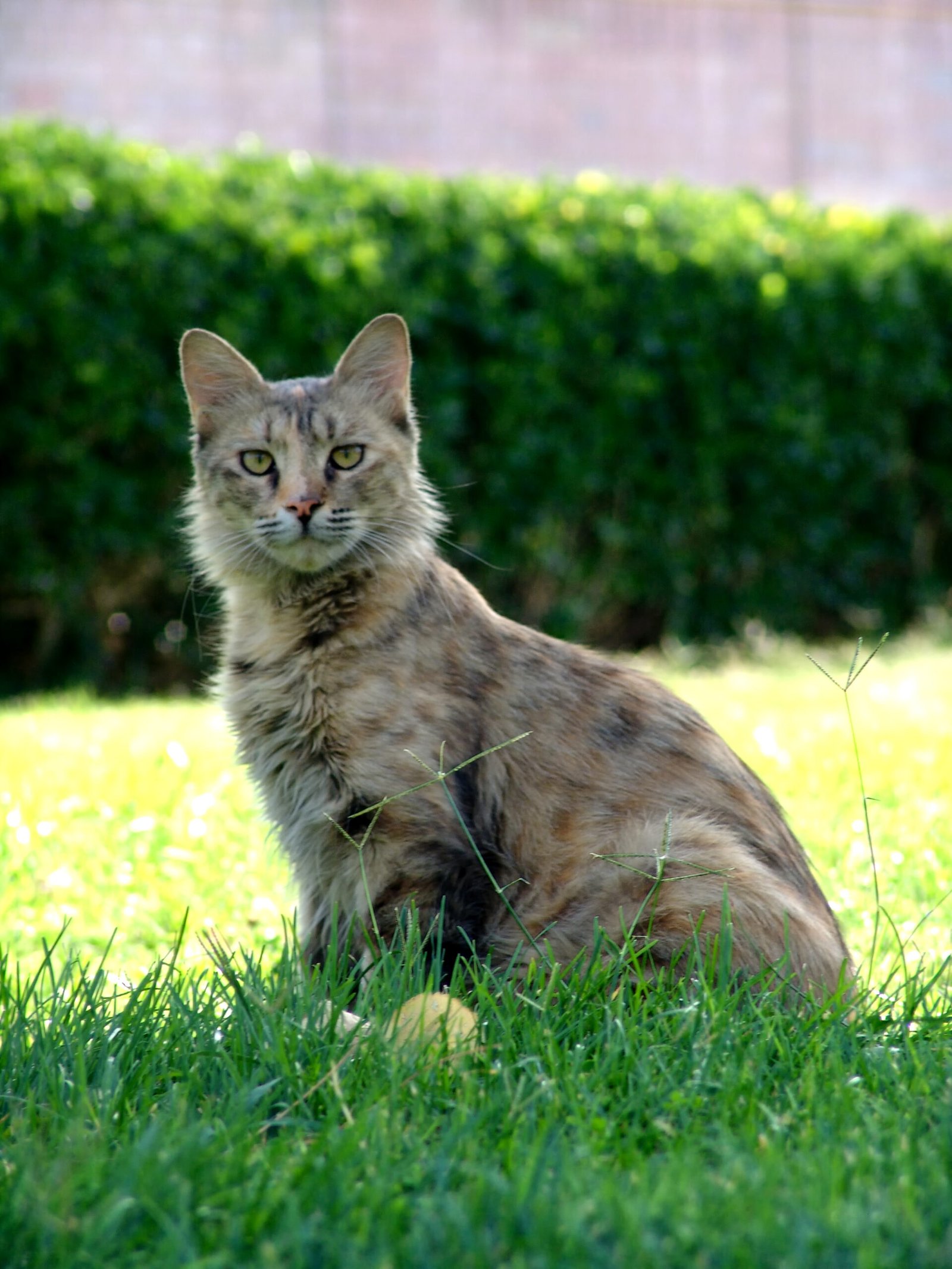
A cat’s health can directly impact its behavior. Cats that are in pain or discomfort may become more withdrawn and independent, preferring to be left alone. Conversely, a healthy cat is more likely to be social and interactive. Regular veterinary check-ups are essential to ensure a cat remains healthy, which can, in turn, influence its behavior and level of independence.
The Role of Diet in Feline Behavior
Diet plays a crucial role in a cat’s overall well-being and behavior. Cats that are well-nourished and receive a balanced diet are more likely to exhibit positive behaviors, including sociability. On the other hand, a poor diet can lead to health issues, which may result in increased independence as the cat seeks to manage its discomfort alone. Providing a nutritious diet is essential for maintaining a cat’s health and influencing its behavior.
Understanding Cat Body Language
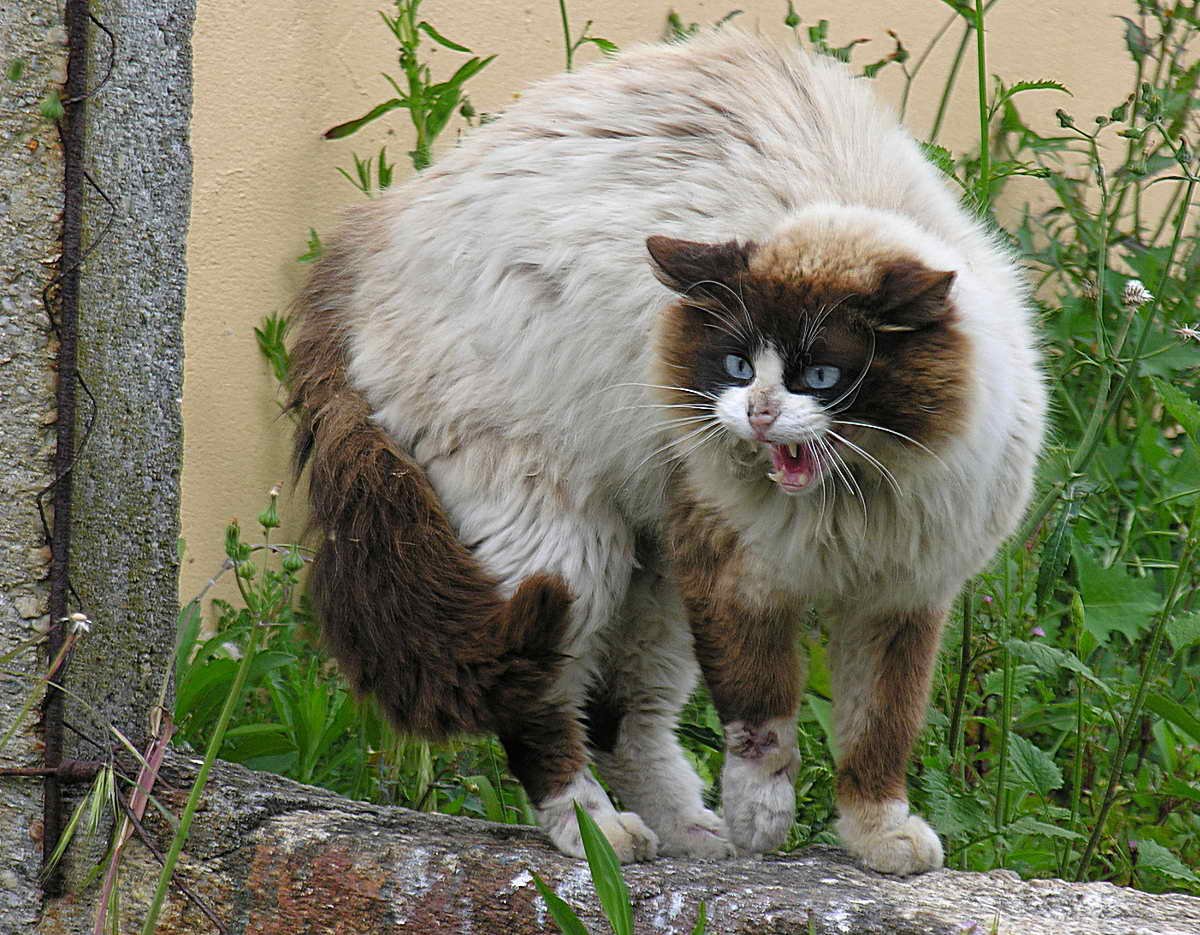
A cat’s body language can provide insights into its level of independence. Cats that are more independent may exhibit body language that indicates self-reliance, such as holding their tails high and maintaining a confident posture. Observing a cat’s body language can help owners understand its needs and preferences, allowing them to foster a positive relationship with their feline companion.
The Influence of Human Interaction
The way humans interact with cats can significantly impact their behavior. Cats that receive positive reinforcement and affection are more likely to develop strong bonds with their owners. However, excessive handling or negative interactions can lead to increased independence as the cat seeks to avoid unwanted attention. Understanding the balance between affection and independence is key to nurturing a healthy relationship with a cat.
The Role of Play in Feline Behavior
Play is an essential aspect of a cat’s life and can influence its level of independence. Engaging a cat in interactive play sessions can help strengthen the bond between cat and owner, reducing the cat’s need for independence. Play also provides mental and physical stimulation, which can prevent boredom and encourage social behavior. Cats that receive regular playtime are often more content and less likely to exhibit independent behavior.
The Impact of Aging on Cat Independence
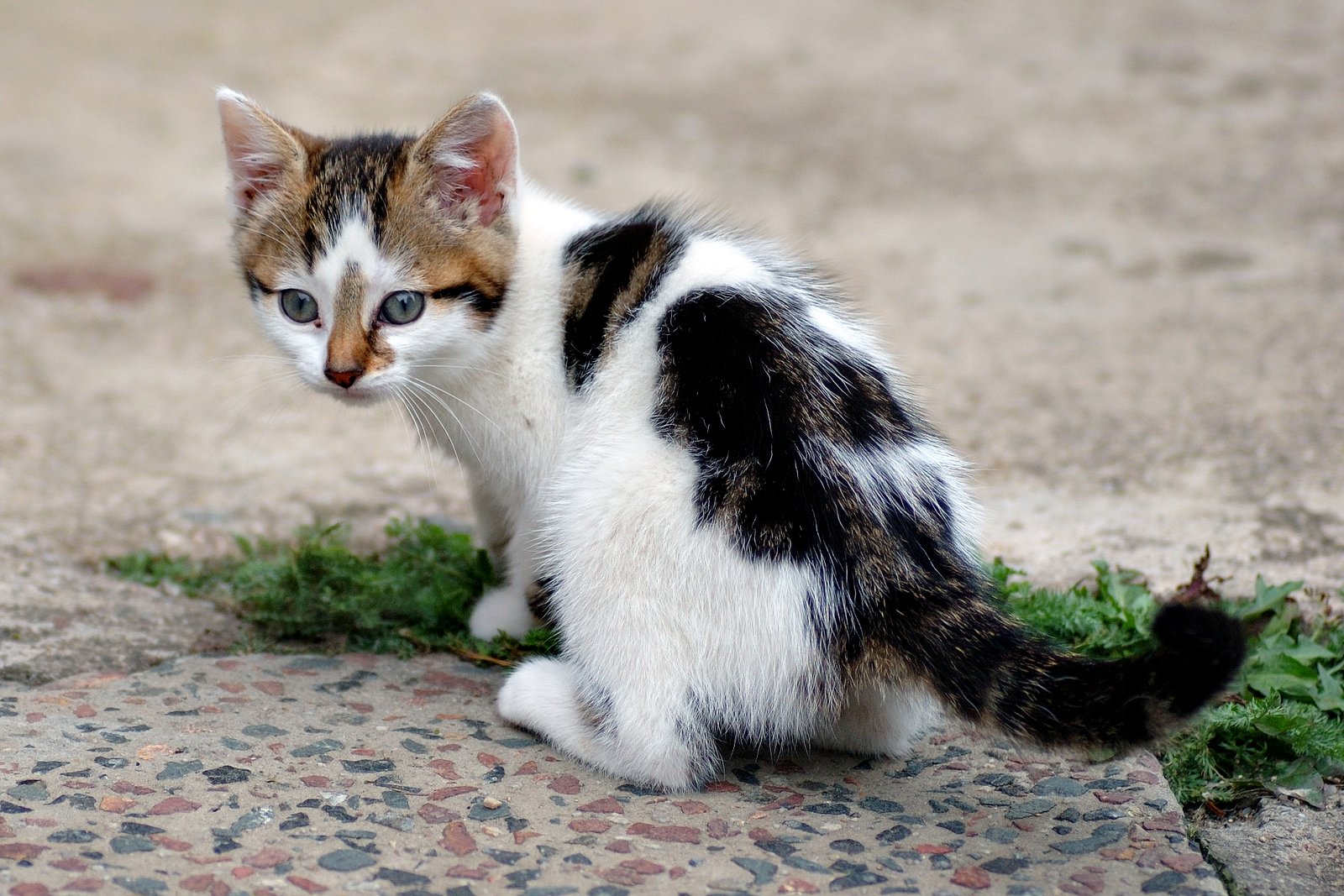
As cats age, their behavior can change. Senior cats may become more independent as they slow down and prefer to rest. They may also become less tolerant of handling and seek out quiet spaces away from human interaction. Understanding the changes that occur with aging can help owners provide the appropriate care and support for their senior cats, ensuring they remain comfortable and content.
The Influence of Territory and Space
Cats are territorial animals and often require their own space to feel secure. Providing a cat with a designated area where it can retreat and feel safe can influence its level of independence. Cats with ample territory and space may feel more confident and self-reliant. Conversely, cats that lack personal space may become more dependent on their owners for security and comfort.
The Importance of Routine in a Cat’s Life
Cats are creatures of habit and thrive on routine. A consistent daily schedule can help reduce stress and promote positive behavior. Cats that have a predictable routine are often more relaxed and less likely to exhibit independent behavior. Establishing a routine that includes feeding, playtime, and rest can create a sense of stability for a cat, enhancing its overall well-being.
The Role of Stress in Feline Behavior
Stress can have a profound impact on a cat’s behavior, leading to increased independence. Cats that experience stress may become more withdrawn and less willing to interact with their owners. Identifying and addressing the sources of stress, such as changes in the household or the introduction of new pets, can help reduce independent behavior and promote a more harmonious relationship between cat and owner.
The Impact of Cat Companionship
The presence of other cats in the household can influence a cat’s level of independence. Cats that live with companions may develop a sense of independence as they establish their own social hierarchy. However, the presence of other cats can also provide companionship and reduce the need for independence by offering social interaction and playtime. Understanding the dynamics between cats can help owners create a balanced environment that supports positive behavior.
The Influence of Human Lifestyle
A cat owner’s lifestyle can impact a cat’s behavior and level of independence. Owners who are frequently away from home may find that their cats become more independent as they learn to entertain themselves. Conversely, cats that receive consistent attention and interaction from their owners are more likely to develop strong bonds and exhibit less independent behavior. Balancing human commitments with the needs of a cat is essential for fostering a positive relationship.
Understanding and Accepting Feline Independence
Accepting a cat’s independent nature is crucial for a harmonious relationship between cat and owner. While some cats naturally crave independence, others may seek more companionship. Understanding and respecting a cat’s individual personality and needs can help owners provide the appropriate care and support. Embracing a cat’s independence can lead to a more fulfilling and rewarding relationship for both cat and owner.
In conclusion, the independence of cats is influenced by a variety of factors, from genetics to environment. Understanding these influences can help cat owners appreciate their feline companions and provide the care and support they need to thrive.

